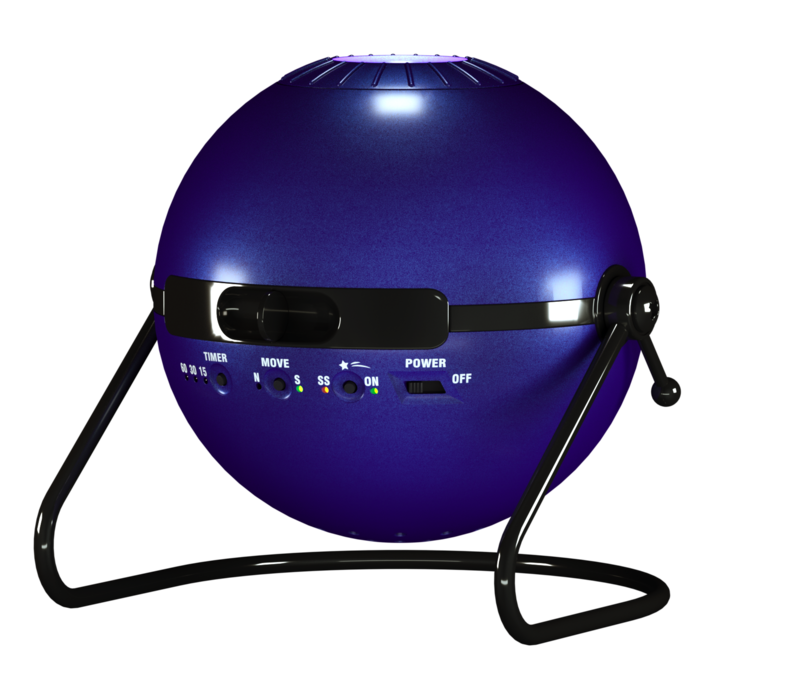


Most people found it easy enough to focus the disk displays and viewing each accurate scene felt like going to space. Regarding the aurora displays, the BlissLights Sky Lite Evolve had so much range that it saturated a room, while the astronaut’s small field felt underwhelming. The Homestar Flux, with its shorter range, still worked well in most situations. Most people found the range of the LaView adequate for studying the galactic systems clearly. When users tested the best star projectors on our list, they first tested the display range. Using the Best Star Projectors: What It’s Like Therefore, it’s good to remember that most star projectors tend to range from about $40 to $200. Some brands sell cheap devices with malicious intent. If you’re considering these models, take a close look at what they offer. On the topic of money, some projectors listed cost well above the standard industry price. Most disks come at an additional price, some as much as $30 each. While the devices do an excellent job of keeping them interesting, you might find yourself looking for new disks eventually. If you’re looking specifically at disk display projectors, it’s essential to know that most models only come with two scenes. What to Know Before Buying a Star Projector So if you’re looking at aurora styles, you can expect to spend a little less than those searching for disk styles. Users can spend less than $40 for a basic model or hundreds for accuracy and function.įortunately, the main determinant in these devices comes in their display type. With several types of displays and a huge choice of features, it’s no surprise that the cost of star projectors has a wide range. Consider how you plan on using your device to determine which features might add value. Other features that boost the quality of a projector include auto-off timers, color blending, music sync, and smartphone compatibility. For even more activity on your walls or ceiling, look for devices that come with Class II lasers. In addition to their primary displays, many star projectors have features that enhance their performance and ease of use.

When looking at the best star projectors, think about how much space you have to display your starry scenes. This is more of a concern for disk displays, which need a certain range to present stars accurately.Īuroras, on the other hand, typically have a larger width, with some reaching 30-foot diameters. As you position your star projector farther from the wall or ceiling, you’ll start to lose clarity. Display RangeĪnother aspect to consider is the display width. Those interested in space exploration might find more interest in the disk displays, whereas those looking to enhance a space might prefer an aurora display. Before buying a star projector, take some time to consider which display you prefer. These two types don’t often have a hybrid and cater to different users. Aurora displays are less detailed, usually featuring a special lens that gives a wavy effect. Disk displays tend to feature a space scene and are accurate to the place and time the image was captured. Typically, models come in two types: disk or aurora display. The main distinction in star projectors is their accuracy. When choosing the right star projector for your needs, there are four main considerations: It comes with a 45-minute and 90-minute timer, which makes it a great nightlight for children afraid of the dark. Alongside the moveable arms and removable platform, users can position the magnetic astronaut head anywhere they want the scene to display. The Astronaut Space Projector features adjustable parts. While its projector range and color themes feel lacking compared to our other options, the design and price definitely give it a leg to stand on. This surprisingly vibrant space projector features a cute astronaut statue, making it the perfect present for kids interested in space.


 0 kommentar(er)
0 kommentar(er)
